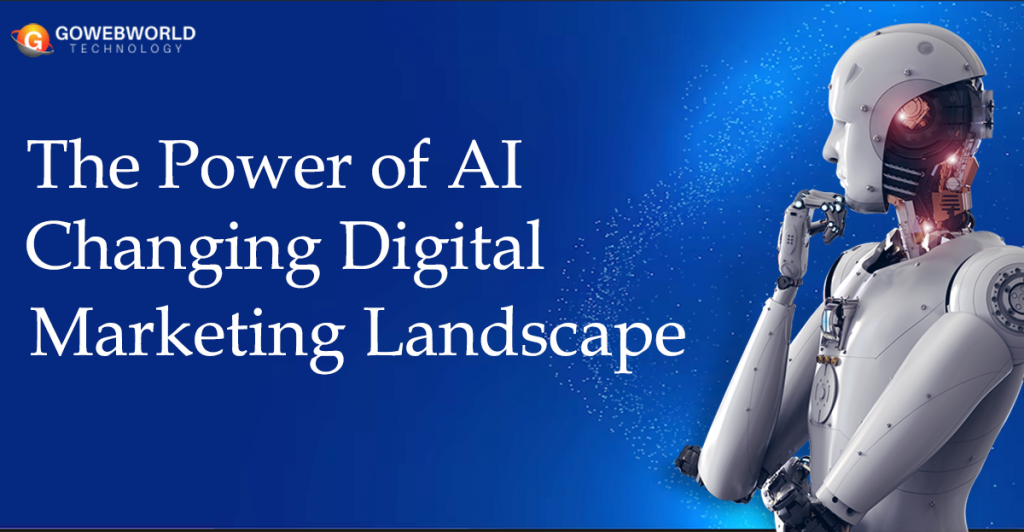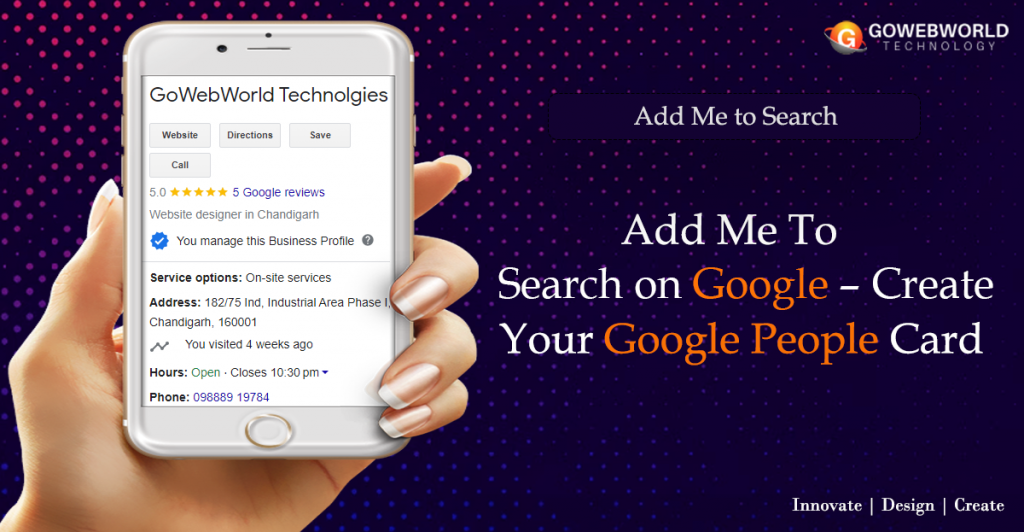AI has indeed had a significant impact on the digital marketing landscape, revolutionizing the way businesses reach and engage with their target audience. Here are some ways in which AI has transformed digital marketing:
Data-driven insights:
AI has enabled marketers to gather and analyze vast amounts of data from various sources, including social media, website analytics, customer behavior, and market trends. AI-powered tools can process this data to provide valuable insights and predictions, allowing marketers to make more informed decisions and optimize their campaigns for better results.
Personalization and targeting:
AI has facilitated highly personalized marketing experiences by leveraging customer data. Machine learning algorithms can analyze user behavior, preferences, and purchase history to deliver personalized recommendations and targeted advertisements. This level of customization enhances customer engagement and improves conversion rates.
Chatbots and virtual assistants:
AI-powered chatbots and virtual assistants have become prevalent in digital marketing. These intelligent bots can provide instant customer support, answer queries, and guide users through the buying process. They enhance customer satisfaction, reduce response times, and allow businesses to handle a large volume of inquiries efficiently.
Content creation and optimization:
AI algorithms can generate content, such as blog posts, social media updates, and product descriptions. Natural Language Processing (NLP) enables AI to understand and mimic human language, producing high-quality content quickly. AI can also optimize content for search engines, identifying keywords, and improving SEO strategies.
Predictive analytics and forecasting:
AI algorithms can predict future trends and customer behavior based on historical data. Marketers can use these insights to anticipate market demands, identify potential opportunities, and develop effective marketing strategies. Predictive analytics helps businesses stay ahead of the competition and make data-driven decisions.
Automated advertising and campaign management:
AI streamlines advertising processes by automating tasks such as ad placement, bidding, and budget optimization. AI-powered platforms can target specific audiences, identify the best advertising channels, and adjust campaigns in real-time to maximize ROI. Automation saves time and resources while improving ad performance.
Social media monitoring and sentiment analysis:
AI algorithms can monitor social media platforms, analyze user sentiments, and identify trends. Marketers can gain real-time insights into customer opinions, brand mentions, and campaign performance. This information allows them to respond quickly to customer feedback, manage brand reputation, and tailor marketing strategies accordingly.
While AI has transformed digital marketing, it is important to maintain an ethical approach and ensure transparency in data usage. Privacy concerns and the responsible handling of customer data should always be a priority for marketers utilizing AI technologies.
Image and video recognition:
AI-powered image and video recognition technology enable marketers to analyze and categorize visual content at scale. This capability allows for targeted advertising based on the content of images and videos. For example, AI can identify products in user-generated content and deliver personalized ads related to those products.
Voice search optimization:
With the rise of voice assistants like Siri, Alexa, and Google Assistant, optimizing for voice search has become crucial for digital marketers. AI algorithms help in understanding natural language queries and delivering relevant results. Marketers can adapt their SEO strategies to include long-tail keywords and conversational phrases to better align with voice search queries.
Customer segmentation and targeting:
AI enables more sophisticated customer segmentation by analyzing multiple data points and identifying patterns. Instead of relying on broad demographics, AI algorithms can create micro-segments based on individual preferences, behaviors, and purchase history. This level of granularity allows marketers to deliver highly targeted and personalized messages to specific customer groups.
Dynamic pricing and personalized offers:
AI algorithms can analyze customer data, market conditions, and competitor pricing to optimize pricing strategies in real-time. This enables businesses to implement dynamic pricing models that adjust prices based on demand, seasonality, and customer behavior. AI can also generate personalized offers and recommendations tailored to each customer’s preferences and buying patterns.
Influencer marketing optimization:
AI can assist in influencer marketing campaigns by identifying the most relevant influencers for a brand based on their content, engagement rates, and audience demographics. AI algorithms can analyze vast amounts of social media data to identify influencers who align with a brand’s values and target audience. This helps marketers make informed decisions when selecting influencers and measuring the impact of influencer campaigns.
Customer experience enhancement:
AI-powered technologies like virtual reality (VR) and augmented reality (AR) are transforming the way customers interact with brands. Marketers can create immersive experiences that allow customers to visualize products, try them virtually, and make informed purchasing decisions. AI algorithms can also analyze customer feedback and sentiment to enhance the overall customer experience by identifying areas of improvement and personalizing interactions.
Fraud detection and security:
AI plays a crucial role in identifying and preventing fraudulent activities in digital marketing, such as click fraud and fake reviews. Machine learning algorithms can analyze patterns and anomalies to detect fraudulent behavior and protect businesses from financial losses. AI also helps in enhancing data security measures by identifying potential vulnerabilities and protecting customer data from cyber threats.
As AI continues to advance, it will undoubtedly bring further innovations and transformations to the digital marketing landscape, empowering marketers to deliver more personalized and effective campaigns while improving customer experiences.


